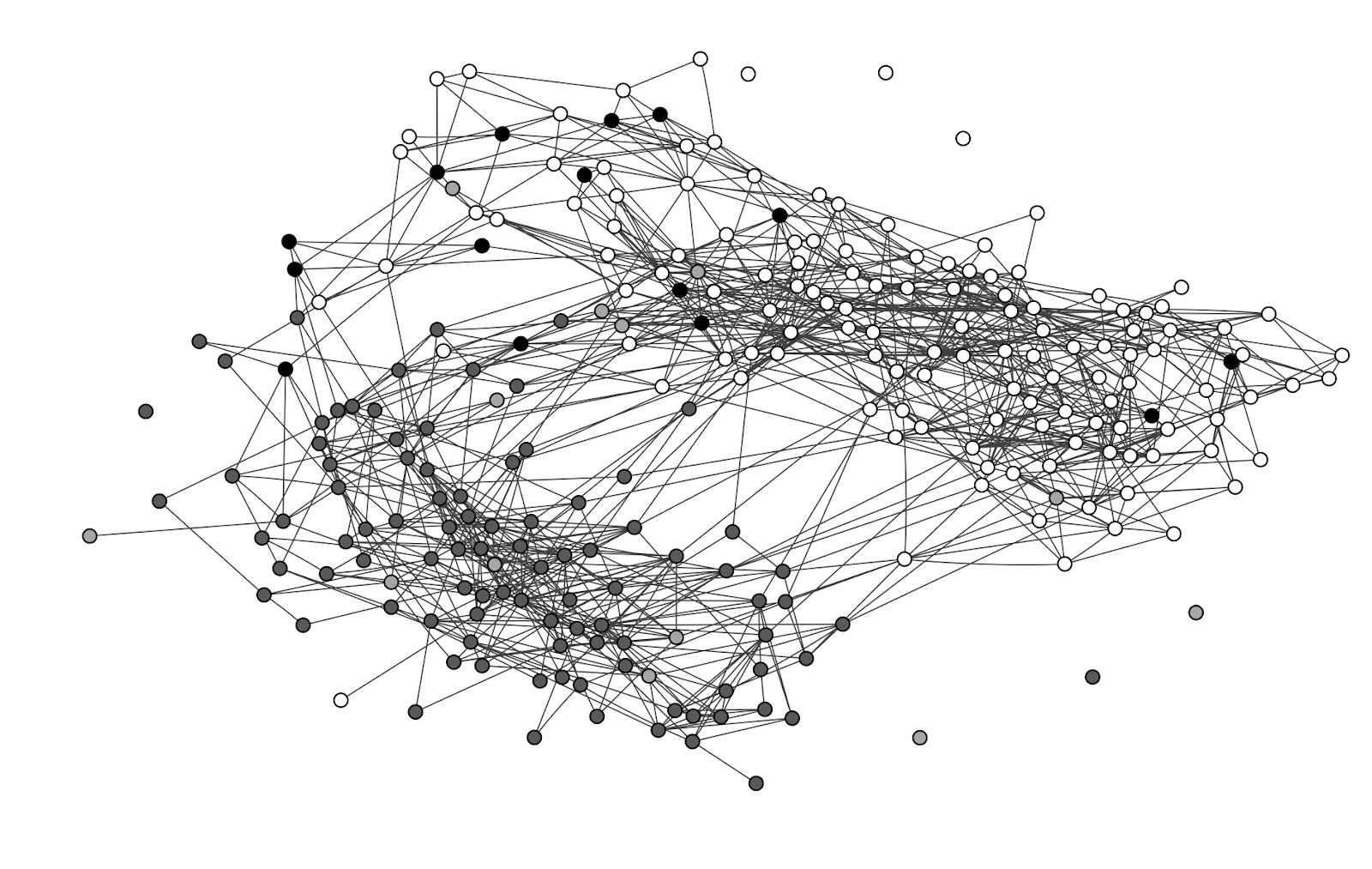Exploring social networks
Simone Rothaupt. 02/06/2021

Humans are inherently social beings. According to Domènec Melé and César González Cantón in their book “Human Foundations of Management,” sociability is one of the core characteristics of humankind, as communication and collaboration initiate relationships between individuals. In InterSTEM’s third speaker lecture, Dr. Matthew Jackson — an economics professor at Stanford University and an extensive researcher in game theory, microeconomics and social networks — discussed the economic implications of our social networks.
As Dr. Jackson explained, a social network can vary in size and density. While many individuals would expect a social network to be relatively uniform with equal connections across all individuals, the reality is quite different. He conducted a study with fellow researchers Sergio Currarini and Paolo Pinarini for the Econometrica Journal on a high school friendship network. They found that the high school was heavily segregated between black and white students, as few friendships existed between these races. In addition, certain students had a significantly greater number of friendships than others within the separate friend groups that formed.
These findings also hold true for other cultures. For instance, another research study conducted by Dr. Jackson, along with Abhijit Banerjee, Arun Chandrasekhar and Esther Duflo for the National Bureau of Economic Research, revealed that villages in Karnataka, India contain segregation and a wide range in the number of connections for each person.
Dr. Jackson asserts that this variability of relationships affects the diffusion of information and disease, which can result in both greater interconnectedness and polarization. Thus, research on this topic has become popular due to its potential to yield a vast wealth of information on human nature.
Using analysis techniques like degree centrality, eigenvector centrality and diffusion centrality that measure the connectedness of individuals within social networks, Francis Bloch, Jackson and Pietro Tebaldi suggest in their 2017 paper “Centrality Measures In Networks” that the spread of information and contagion can be traced throughout the world quantitatively. For instance, in an inaugural article for the Proceedings of the National Academy of Sciences of the United States of America in 2015, Dr. Jackson and Stephen Nei were able to measure connectedness between countries throughout the past by examining international trade treaties since the early 1800s. They found that before World War II, the average country had 2.5 allies, and their treaties had a 67% chance of lasting five years. After World War II, the average country had 10.5 allies, and their treaties had a 95% chance of lasting five years.
On its own, the data collected on social networks appears to hold little real-life significance. However, these studies reveal much information on how human society functions and how the world can work better. The study on world treaties demonstrates that from the 1950s and beyond, the greater integration of trade between countries has correlated with less volatile and more steady relationships with nearly one-tenth as many wars per pairs of countries as before. Thus, increased trade and alliances can result in decreased conflicts as a certain threshold of trade is reached. As Daniel Griswold of the CATO Institute elucidates, promoting trade among countries, such as in the Middle East, has the potential to foster peace among warring nations. Even with these benefits, Christine Lagarde — the Managing Director of the International Monetary Fund (IMF) — explains that the interconnected global economy also results in negative consequences where financial shocks in one market can reverberate around the world. Another IMF article highlights the danger of such a globalized market, when the 2008 United States Housing Crisis resulted in the economic downturn in Europe, Asia and beyond.
Furthermore, the data collected for the study conducted by Dr. Jackson and his colleagues on social networks in India also contains valuable economic information. This research helps microfinance campaigns so that banks loaning money to those in poverty can effectively reach out to those in need by finding the most interconnected person in each village. Therefore, research on social networks contains valuable information for companies and organizations seeking to expand their influence and grow their market.
Ultimately, the growing global social network of humans will promote interconnectedness and peace, yet it will still result in segregation among racial and political party lines and enable crises to proliferate across the globe. As new networking platforms like social media rise in popularity and give new modes of connection for society, we must learn to keep the negative consequences in check while still maximizing the potential benefits.
Cover Photo: (Shutterstock/Optimarc)

Simone is a sophomore at Thousand Oaks High School in Ventura, California. She is interested in exploring STEM related topics, such as medicine, and she also hopes to spread this passion to others through writing.